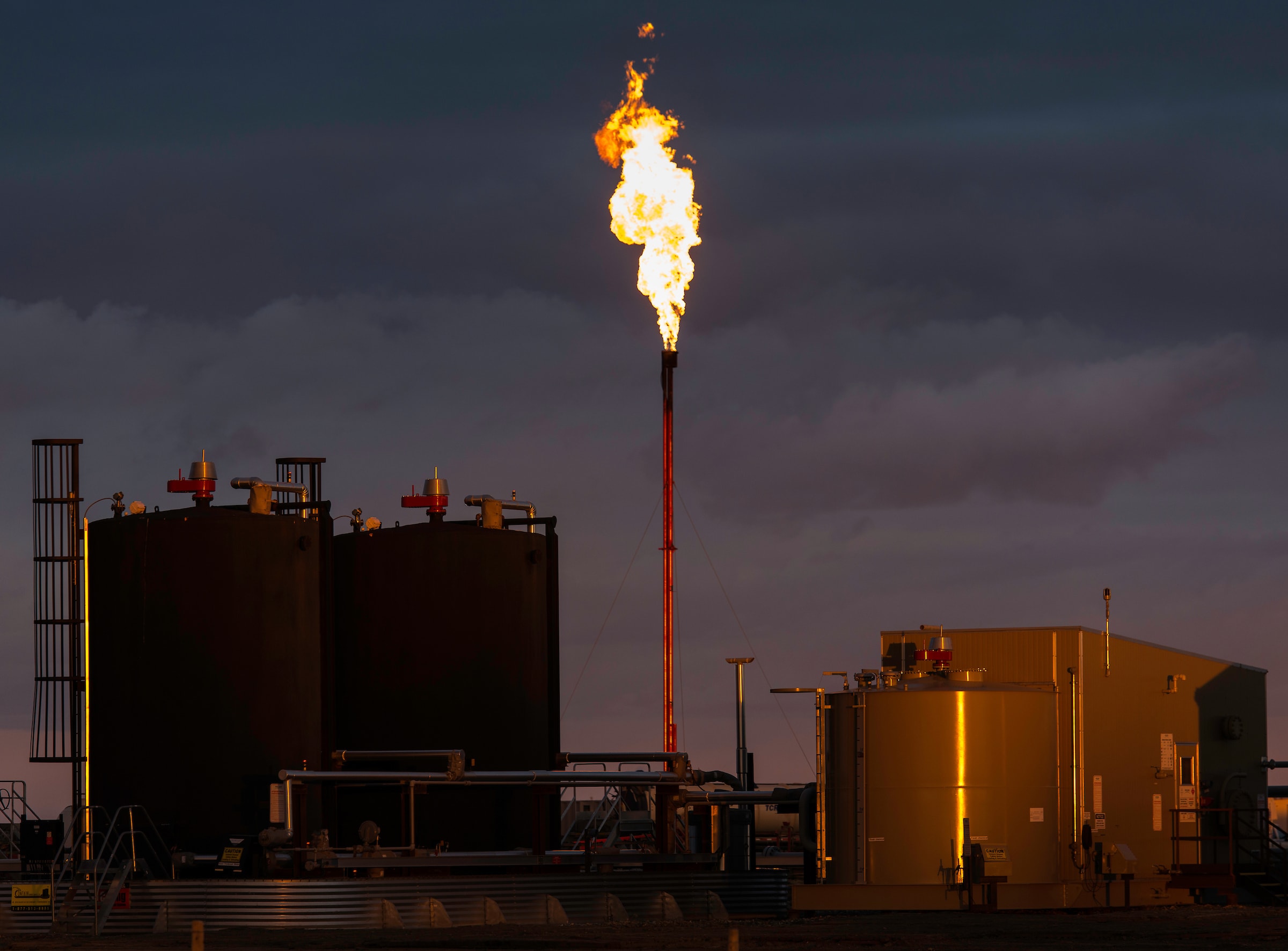
LNG a Transition Fuel? Nope – a distraction…
By Don / Date: January 10th, 2020
Here in BC, First Nations are in the forefront of action against a Gas pipeline (Coastal Gas Link) being built across their unceeded territories, without their consent – supported by the force of a BC Supreme Court injunction and the action of the RCMP. The UN has come out against this – and this is happening on our doorstep, near Smithers BC.
I will be on the streets in front of the BC Legislature on Saturday with many others raising awareness and protesting this ongoing injustice. That is one dimension. Here is another.
BC is intending to export Liquefied NG to Asia, from fracking wells in Northern BC – primarily to burn to generate electricity. The NDP are behind this as a source of jobs, revenue. One of the oft-touted arguments goes like this:
LNG is so much cleaner and has less emissions than Coal. It is part of the transition to a green future as a transition fuel whilst we figure out the green technology.
I call bullshit. To burn LNG you need to build a plant. You do not do this for five years – you do it for 40. It might replace a coal-fired station or offset it, true – but do the figures measure up for what we need to achieve?
The IPCC has been unequivocal – to have a 50% chance of avoiding 1.5degC of warming above pre-industrial global average temperatures, we have to reduce emissions by 50% by 2030. A 50% chance of avoiding catastrophic warming is not reassuring. And this goal means we have to reduce emissions – year-on-year by roughly 7%. This task is Herculean – however I believe it is possible.
However it is entirely inconsistent with any new LNG infrastructure. This is why (and cue engineering geek. I will try and keep it succinct…):
From IPCC 2014 figures for total lifecycle (manufacturing the equipment, operating, decommissioning) CO2 emissions from producing electricity from different sources are, and as a percentage of the emissions from coal-fired power:
Coal 820g/KWHr 100%
Nat. Gas 490 60%
Biomass 230 28%
Solar PV 48 6%
Hydro 24 3%
Wind 11 1%
If we have the task of reducing emissions by 50% by 2030 (at minimum) – which
would you choose? Natural Gas is a non-starter. Within a few years the emissions of any new plant (as if it could be magically and instantly built) will exceed our emissions targets. When plants are built – the typically lifecycle is 30-40 years. We do not have anything like that much time. Ten years is our budget.
To offset current high-emissions sources (Coal) which will take time to retire – wind, solar, hydro are the way forward. Hydro takes a long time to build and has many geographical constraints for large projects. Do not get me started on Site-C. Wind and Solar have minimal environmental impact, are comparitively quick and cheap to construct. Yes – storage of intermittent sources is an issue. However we have solutions – pumped hydro storage (which we already use), batteries, HVDC for continent-wide power distribution…
So BC I have an alternative proposal that would make us a world leader. We have massive wind power potential – and immense flow-tidal power potential across the province. Engaging our massive engineering talent, retraining a workforce to build an maintain this infrastructure will create so many jobs it will make your head spin. Then be at the forefront of exporting ultra-low carbon electricity across the continent.
Call to Action:
- Just say NO to LNG, pipelines, new Fossil-fuel infrastructure. Our children cannot afford it and our grandchildren will curse our stupidity if we go that way.
- Put massive public pressure towards renewable energy sources. A buddy and I just proved that electric vehicles are up to anything Canada can throw at them in winter ( https://www.facebook.com/SuperchargingTransCanada/ ). Electrification of transport requires no new technological leap (and do I hear – more jobs?).
- Support and join with the first nations in their stand for the land and waters – they are all we have. They are our mother. They must be protected.
*[IPCC 2014 figures for full systemic lifecycle emissions per KWHr delivered:
(CO2e – CO2 equivalent – takes all greenhouse gasses into account)
https://en.m.wikipedia.org/…/Life-cycle_greenhouse-gas_emis…]
(Note – I do not include figures for the unproven and untested chimera of Carbon Capture and Storage (CCS) technology).